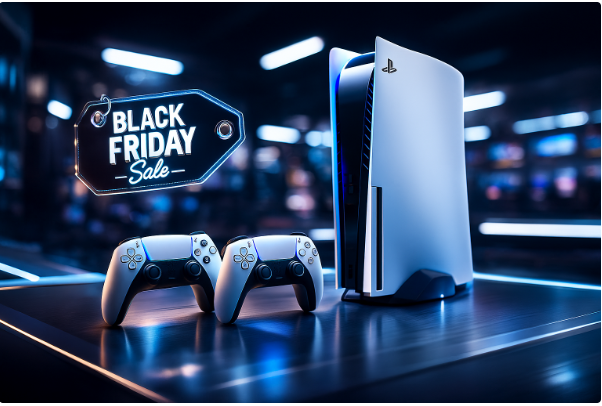Hey, friends! Qualcomm‘s name is making waves in the tech world these days. This company has now directly entered the Nvidia competition, impressing us all with its Snapdragon processors for mobile phones. Yes, you heard that right! Targeting the PC market, Qualcomm has launched new AI chips that are challenging Nvidia and AMD.
And behind all these achievements is the strategy of its visionary CEO, Cristiano Amon, who is taking the company to a new level. Just yesterday, the stock jumped 11%—that’s just the beginning!
Just think, AI is everywhere these days—from your phone to data centers. Qualcomm, formerly the king of wireless technology and 5G, is now leading the AI chip race. They announced powerful chips like the AI 200 and AI 250, which are specifically designed for the PC market but will also make a splash in data centers.
These chips are not just hardware but are going to redefine the future of computing. In this blog, let’s go into detail—in a Google-friendly way, so you can easily search “Qualcomm Nvidia competition,” “PC market AI chips,” and “Cristiano Amon’s leadership secrets.” This post is 2000+ words long, with full knowledge, in Hinglish, so you’ll enjoy reading!
Qualcomm’s Journey: From Mobile to AI
Qualcomm was founded in San Diego in 1985. The company rose to fame with CDMA technology, then connected the world with 3G, 4G, and now 5G. Today, their market cap is around $200 billion, and the Snapdragon platform runs in over 3 billion devices—phones, laptops, cars, everything! But now, with the AI boom, Qualcomm realized that staying just mobile wasn’t enough. Cristiano Amon, CEO since 2021, has pivoted the company toward edge AI and data center technology.
Remember, Cristiano Amon is from Brazil, and his vision is “connect everything, compute everywhere.” He said in a recent earnings call, “We’re not just connecting devices; we’re empowering intelligence everywhere.” This quote itself explains how Qualcomm will now compete with Nvidia. Previously, the company launched Snapdragon X Elite for Windows PCs, which are Arm-based chips with a powerful NPU (Neural Processing Unit).

These chips are challenging Intel and AMD in the PC market, with 45 TOPS AI performance and double battery life. Now, this experience is being used in data centers.
In fiscal 2025, Qualcomm’s revenue was $35.8 billion, slightly down from last year because the smartphone market was slow.
But the automotive segment grew 20% to $3.2 billion, and IoT was steady at $6.5 billion. Net income fell 15% to $7.2 billion, but EPS of $2.45 beat expectations in Q4. Cristiano Amon said, “We are investing $8 billion in cost efficiencies and R&D.” Despite all these challenges, the company is resilient, especially with AI chips.
Nvidia Competition: Qualcomm’s Bold Move into the Data Center
Now let’s get to the main topic—Nvidia competition! Nvidia has become the father of AI, with a $4.5 trillion market cap and a 90% share in data center GPUs. Their chips power GPT models.
like Chat GPT. But now Qualcomm is here to disrupt! They announced the AI 200 and AI 250, which are designed for AI inference—meaning, running trained AI models, not training new ones.
The AI 200 will launch in 2026 as a single accelerator chip and also as full server racks with Qualcomm CPUs. It’s liquid-cooled, with up to 72 NPUs in a rack, similar to Nvidia’s full-rack systems. Power consumption is 160 kW per rack, comparable to Nvidia, but Qualcomm claims the total cost of ownership will be lower because it’s power efficient.
Memory support is 768 GB, which is more than Nvidia and AMD! And flexibility? You can buy the chips individually, as a full rack, or mix-and-match—you can even partner with Nvidia or AMD for components.
The AI 250 will arrive in 2027, with 10x the memory bandwidth of the AI 200. The third chip is planned for 2028, with new releases each year.
All of these are based on the Hexagon NPU, which was previously in smartphones. Durga Malladi, Qualcomm‘s GM for data centers, said, “We first proved it in the edge; now it’s easy in the data center.
“These chips are especially scalable for the PC market, as Qualcomm has experience with NPUs in Windows-on-Arm laptops.
Market size? According to McKinsey, $6.7 trillion in capex on AI chips by 2030! Companies like OpenAI are exploring alternatives to Nvidia, such as partnering with AMD. Qualcomm‘s entry is perfect timing. Challenges? In 2017, the Centriq 2400 failed in competition with Intel, but now under Cristiano Amon, the focus is sharp.
Qualcomm’s Blast in the PC Market: From Snapdragon to AI
Look at the PC market; it’s transforming with AI. Traditional







Leave a Reply